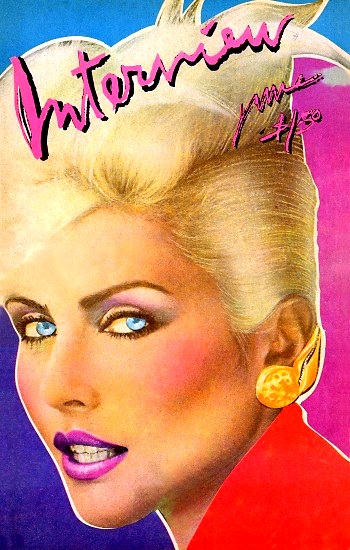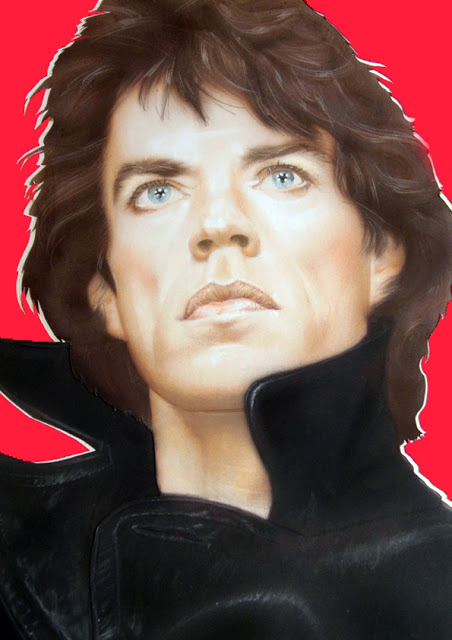 Joan Collins
Joan Collins
 Truman Capote
Truman Capote
 Anjelica Huston
Anjelica Huston
 Michael Jackson
Michael Jackson
 Eddie Sedwick
Eddie Sedwick
 Madonna
Madonna
 “Divine”
“Divine”
 Cher
Cher
 Grace Jones
Grace Jones
 Miguel Bosé
Miguel Bosé
 Isabella Rossellini
Isabella Rossellini
 Maria Schiano
Maria Schiano
 Debbie Harry
Debbie Harry
 Diane von Fürstenberg
Diane von Fürstenberg
 David Bowie
David Bowie
 Mick Jagger
Mick Jagger
For 15 years, beginning in 1972, Richard Bernstein’s signature artwork graced the monthly covers of Interview magazine, that seminal celebrity chronicle of the social, fashion and art crowd that had met in Andy Warhol’s Factory and the back room of Max’s Kansas City in the 60′s and catalyzed in the sybaritic heat of Studio 54 in the late 70′s.
Using an airbrush, pencil and pastel on photographic portraits, Bernstein made the up-and-coming celebrities of the era-Sylvester Stallone, Calvin Klein, Madonna, even wholesome Mary Tyler Moore-look as sleek and sexy as our nostalgized memories of that era. “Things are stronger, faster and further,” Paloma Picasso wrote of Bernstein’s oeuvre in a published collection of his work, Megastar . “Superstars became Megastars.”
But though Bernstein’s work helped put many a celebrity into the hot zone, he never seemed to be able to make the same conversion in terms of his own career. “I never felt that Richard got the full recognition for his contribution to the art world,” said Steve Newman, director of still photography at 20th Century Fox studios. “He never got the representation or put himself out there enough to earn the kind of reputation that other contemporaries of his did. I still think it’s a great shame.”
Some who knew Bernstein said he never broke out because his work, which was clearly influenced by Warhol’s art, was too often confused with the Pope of Pop’s work, and that Warhol, who enjoyed autographing the covers of fans’ copies of Interview , didn’t work too hard to disabuse them of that notion.
Other friends said that Bernstein was too nice and not ambitious enough, and that he was often taken advantage of by those who were in a position to help him.
With his dark, wavy hair, good looks and unfussy fashion sense-black jeans, leather jackets-Bernstein attracted members of both sexes, and though he was gay, he had at least one significant relationship with a woman, the actress and photographer Berry Berenson.
On Oct. 18, Bernstein’s body was found on the other side of that door, in his high-ceilinged studio apartment that once was part of the Chelsea Hotel’s grand ballroom. According to friends, a note found in his apartment that said simply “Do not resuscitate” left some with the suspicion that he had taken his own life.

























